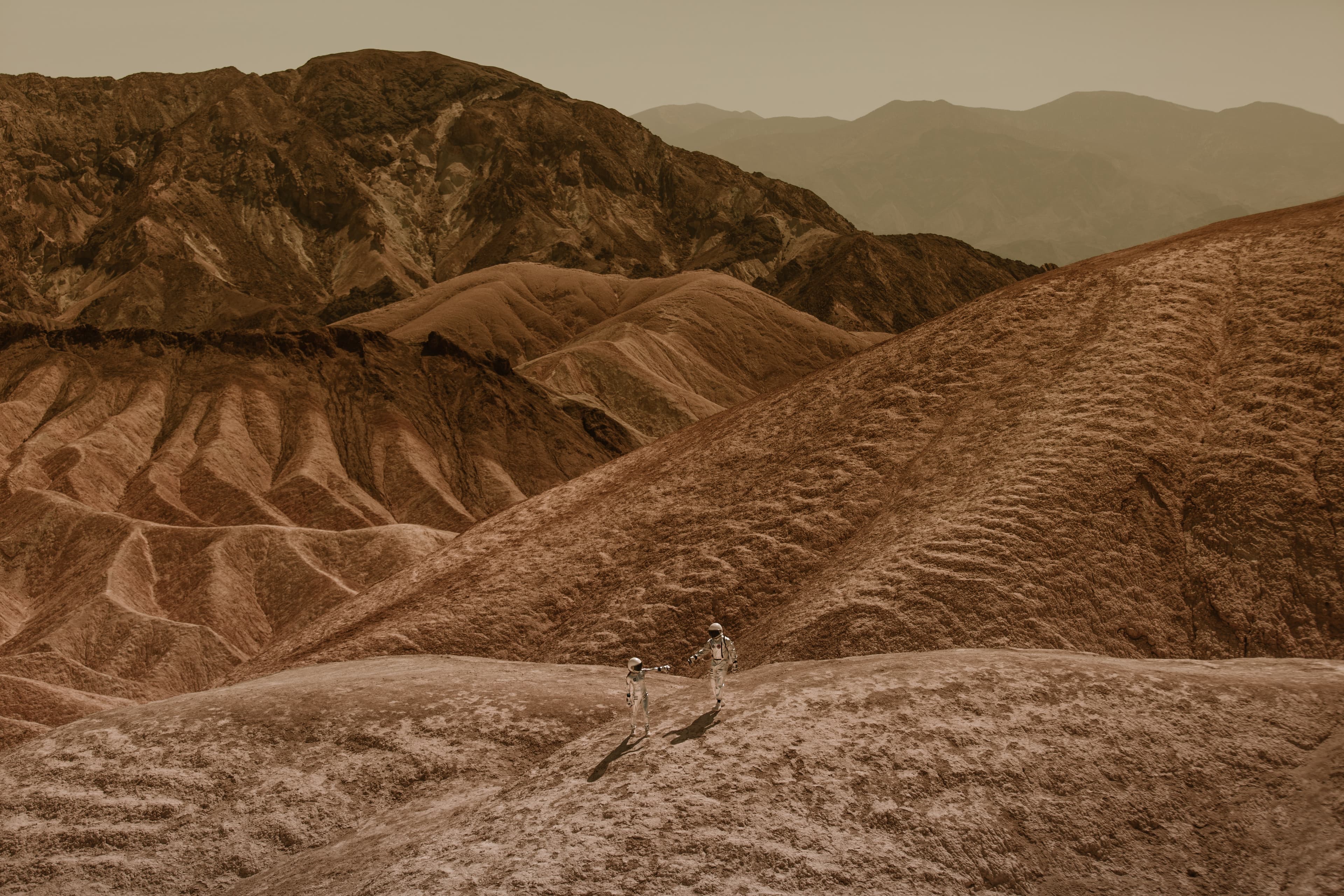Introduction
Mars, the fourth planet from the Sun, has long fascinated astronomers, scientists, and even science fiction writers. Beyond its reddish appearance lies a complex geological history that may hold clues to ancient rivers and other water bodies. This article aims to explore Mars' geological formations, valleys, and the potential for ancient rivers.
Geological Formations: The Basics
Mars is home to awe-inspiring geological formations like Olympus Mons, the largest volcano and second-highest mountain in the solar system. Another intriguing formation is Valles Marineris, a canyon system that dwarfs the Grand Canyon on Earth.
Valleys and Their Implications
The valleys on Mars present compelling evidence of a history of water flow. Features like dendritic valleys suggest that water may have once flowed on the Martian surface. The valleys have been studied through orbital imaging and are categorized based on their shapes.
Ancient Rivers: A Possibility?
The search for ancient rivers on Mars isn't just for scientific curiosity; it holds implications for the potential of past life. Various missions have discovered pebbles and rocks that appear to have been smoothed by water, much like river rocks on Earth.
Conclusion
Mars is not just a red, barren landscape; it's a planet with a complex geological history that may include the presence of ancient rivers and water bodies. As technology advances, our understanding of the Red Planet's geological history will continue to grow.
